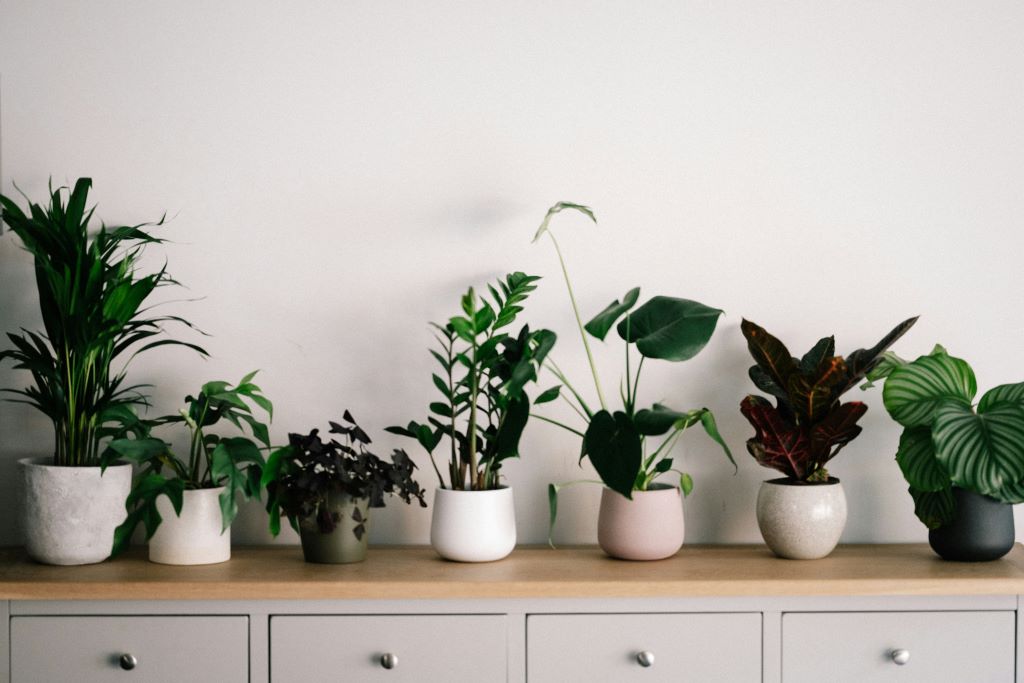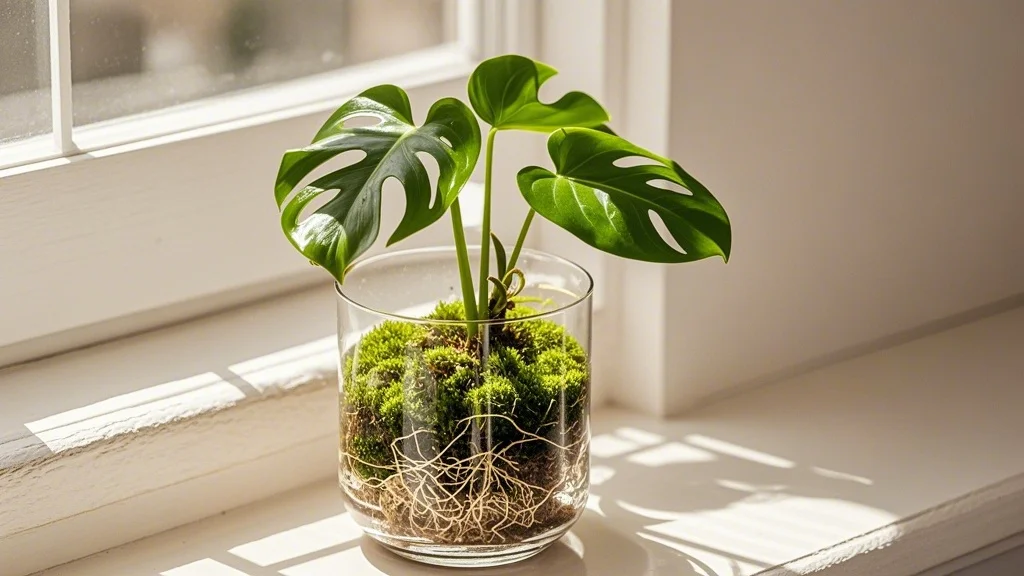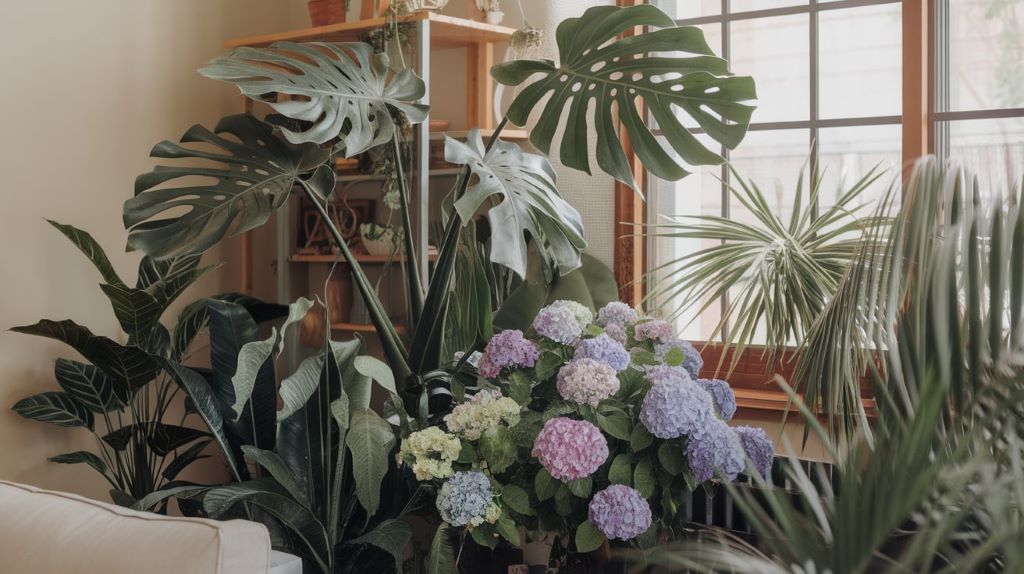In a world of mass-produced presents and fleeting consumer goods, there’s something profoundly meaningful about giving a gift you’ve grown yourself. Plant propagation—the process of creating new plants from existing ones—offers a perfect opportunity to share living, growing gifts that can last for years or even decades. These green presents carry a piece of your garden, your care, and your thoughtfulness to friends and family.
Not only are propagated plant gifts eco-friendly and budget-conscious, but they also provide recipients with a connection to nature that continues to flourish long after birthdays and holidays have passed. Whether you’re an experienced urban gardener or just beginning your plant parenthood journey, creating plant presents from cuttings is a rewarding way to share your passion while giving something truly unique.
Contents
- 1 Why Plant Propagations Make Perfect Gifts
- 2 Best Plants for Propagation Gifts
- 3 Step-by-Step Propagation Methods
- 4 Timing Your Propagation for Gift-Giving
- 5 Creative Presentation Ideas
- 6 Care Instructions to Include with Your Gift
- 7 Seasonal Propagation Gift Ideas
- 8 Troubleshooting Common Propagation Problems
- 9 The Joy of Sharing Plant Knowledge
- 10 Conclusion: Growing Connections Through Plants
Why Plant Propagations Make Perfect Gifts
Personal Touch in Gift-Giving
Unlike store-bought items, propagated plants carry a story—your story. Each cutting represents weeks or months of your attention and care, making it far more personal than most conventional gifts. When you give someone a plant you’ve propagated, you’re sharing a living piece of your home.
Sustainability Factor
In an age of increasing environmental awareness, propagated plants stand out as truly sustainable gifts. They require no manufacturing, minimal packaging, and create no waste. Instead, they actively improve air quality and bring nature indoors—a gift to both the recipient and the planet.
Budget-Friendly Option
Quality gifts don’t have to strain your wallet. Plant propagation allows you to create meaningful presents at minimal cost, making it perfect for those times when your heart is bigger than your budget. The primary investment is your time and attention, not money.
The Gift That Multiplies
Perhaps the most magical aspect of giving propagated plants is their potential to be shared again. The plant cutting you give today might become the source of dozens more plants in years to come, creating a living legacy of your original gift.
Best Plants for Propagation Gifts

Not all houseplants are created equal when it comes to propagation. Some root quickly and grow vigorously, making them ideal candidates for gifting. Here are some of the most reliable options:
Pothos (Epipremnum aureum)
This nearly indestructible vining plant roots readily in water and adapts to various light conditions, making it perfect for beginners. Its trailing habit creates a lush, dramatic effect even when young.
Spider Plant (Chlorophytum comosum)
Spider plants naturally produce baby “spiderettes” that can be snipped off and rooted. They’re non-toxic to pets and extremely forgiving of neglect—perfect for recipients with less-than-green thumbs.
Snake Plant (Sansevieria)
Though slower to root than some others, snake plant leaf cuttings eventually develop into sturdy, architectural plants that thrive on neglect. Their air-purifying qualities and striking appearance make them excellent gifts.
Succulents
From echeverias to sedums, most succulents root easily from leaves or stem cuttings. Their water-storing abilities make them forgiving if the recipient occasionally forgets to water.
Herbs
Rosemary, mint, and basil all propagate readily and offer the bonus of being useful in the kitchen. A propagated herb makes a thoughtful gift for culinary enthusiasts.
Tradescantia (Wandering Dude)
With their vibrant purple, green, and silver foliage, tradescantia cuttings root quickly in water and grow into full plants in no time, offering immediate visual impact.
Philodendron
These tropical beauties root easily from stem cuttings and adapt well to indoor conditions. Their heart-shaped leaves add a touch of jungle elegance to any space.
Step-by-Step Propagation Methods
Water Propagation
Water propagation is perhaps the most visually appealing method, allowing recipients to watch roots develop in real-time.
-
Select healthy stems with at least 2-3 nodes (the bumpy joints where leaves emerge).
-
Make clean cuts just below a node using sterilized scissors or pruning shears.
-
Remove lower leaves that would be submerged in water, leaving 2-3 leaves at the top.
-
Place cuttings in clear glass containers filled with room-temperature water.
-
Change the water weekly to prevent bacterial growth.
-
Wait for roots to develop—typically 2-4 weeks depending on the plant species.
-
Transfer to soil once roots reach 1-2 inches in length.
Soil Propagation
Some plants prefer to root directly in soil, which can create a more gift-ready presentation.
-
Prepare small pots with well-draining potting mix.
-
Take cuttings as described above.
-
Dip the cut end in rooting hormone powder (optional but helpful).
-
Create a hole in the soil with a pencil or your finger.
-
Insert the cutting and gently firm soil around it.
-
Water thoroughly and place in bright, indirect light.
-
Maintain consistent moisture until new growth appears, indicating successful rooting.
Leaf Propagation (for Succulents)
Succulents offer a unique propagation method that creates adorable mini-plants.
-
Gently twist a healthy leaf from the parent plant, ensuring you get the entire leaf with no tears.
-
Allow the leaf to callus by leaving it in a dry location for 2-3 days.
-
Place the leaf on top of well-draining soil, with the broken end just touching or hovering slightly above the soil.
-
Mist occasionally but avoid overwatering.
-
Wait for tiny roots and a new rosette to form at the leaf base (4-8 weeks).
-
The parent leaf will eventually shrivel as the new plant grows.
Timing Your Propagation for Gift-Giving
The key to successful propagation gifts is planning ahead. Most plants need at least 4-8 weeks to develop sufficient roots and become established enough to gift. For holiday or birthday presents, count backward from the giving date:
-
8-12 weeks before: Start propagating slower-rooting plants like snake plants and some succulents.
-
4-6 weeks before: Begin propagating quick-rooting varieties like pothos, philodendron, and tradescantia.
-
2-3 weeks before: Prepare decorative containers and packaging materials.
-
1 week before: Transfer water-propagated plants to soil if they’ve developed adequate roots.
Remember that plants grow more slowly in winter months due to reduced light, so add extra time if you’re propagating during the darker seasons.
Creative Presentation Ideas
The presentation of your propagated gift can elevate it from a simple cutting to a thoughtful, polished present.
Upcycled Containers
Transform everyday items into charming planters:
- Vintage teacups with drainage holes added
- Small mason jars painted or wrapped with twine
- Tin cans covered in decorative paper or fabric
- Old wooden boxes lined with plastic
Themed Gift Sets
Create a complete plant care package:
- “Desktop Garden”: Small propagated plant with a miniature watering can
- “Plant Parent Starter Kit”: Several easy-care cuttings with care instructions
- “Kitchen Herb Collection”: Assorted herb cuttings in coordinating pots
- “Hanging Garden”: Vining plant cuttings with macramé hangers
Decorative Touches
Add finishing elements that complement your plant:
- Hand-written care tags with plant name and basic needs
- Decorative stones or moss as soil toppers
- Miniature garden figurines or decorations
- Ribbons or raffia tied around pots
- Custom pot covers made from fabric or paper
Propagation Stations
For water propagation gifts, consider creating or purchasing a propagation station:
- Test tube sets mounted on wooden stands
- Vintage bottles arranged on a decorative tray
- Clear glass bulbs that can hang in a window
- Handcrafted ceramic propagation vessels
Care Instructions to Include with Your Gift
Even the most enthusiastic plant recipient may not know how to care for their new green friend. Include a care card with these essential details:
Basic Information
- Plant name (both common and scientific if possible)
- Light requirements (low, medium, bright indirect, etc.)
- Watering frequency (include both summer and winter schedules)
- Humidity preferences
- Fertilizing recommendations
Propagation Story
- When you took the cutting
- Which “parent plant” it came from
- Any special meaning behind this particular plant
Next Steps
- When to repot (typically when roots begin growing through drainage holes)
- How to take future cuttings to continue the sharing cycle
- Troubleshooting tips for common issues
Seasonal Propagation Gift Ideas
Different occasions call for different types of plant gifts. Here are some seasonal suggestions:
Spring Celebrations
-
Easter: Rabbit’s foot fern or bunny ear cactus propagations
-
Mother’s Day: Flowering plant cuttings like begonias or African violets
-
Earth Day: Native plant seedlings for outdoor gardens
Summer Occasions
-
Housewarming Parties: Sun-loving plants like pothos or philodendron
-
Weddings: Succulent arrangements that guests can later separate and grow
-
Graduation: Low-maintenance plants for dorm rooms or first apartments
Fall Festivities
-
Thanksgiving: Herbs for cooking like rosemary, thyme, and sage
-
Halloween: Spooky-themed plants like snake plants or “mother of thousands”
-
Back to School: Desk-sized plants that thrive in indoor lighting
Winter Holidays
-
Christmas: Red and green plants like holiday cacti or variegated holly
-
New Year: Plants symbolizing good luck like jade or money plants
-
Valentine’s Day: Heart-shaped philodendron or string of hearts
Troubleshooting Common Propagation Problems
Even experienced gardeners encounter challenges when propagating plants. Include some troubleshooting tips with your gift to help recipients navigate common issues:
Rotting Cuttings
- Cause: Overwatering or poor air circulation
- Solution: Change water more frequently for water propagation; for soil propagation, allow the top inch to dry between waterings
Yellowing Leaves
- Cause: Natural adjustment process or too much direct sunlight
- Solution: Remove affected leaves and move to a spot with bright indirect light
No Root Development
- Cause: Cutting taken incorrectly or water temperature issues
- Solution: Ensure cuts are made just below nodes; use room temperature water
Wilting After Transfer to Soil
- Cause: Transplant shock
- Solution: Keep soil consistently moist and place in humid environment for 1-2 weeks
The Joy of Sharing Plant Knowledge
When you give a propagated plant, you’re not just sharing a physical gift—you’re sharing your knowledge and passion. Consider including additional resources for recipients who might catch the plant propagation bug:
- Recommendations for plant care apps
- Links to helpful online communities
- Suggestions for books on houseplant care
- Invitation to a plant swap event
Conclusion: Growing Connections Through Plants
Plant propagation gifts represent more than just a sustainable alternative to store-bought presents—they embody a connection between giver and receiver that continues to grow over time. Each cutting carries your care and attention, transformed into a living gift that may thrive for years or even decades in your loved one’s home.
As urban gardening continues to flourish in city apartments and small spaces, the practice of sharing propagated plants creates a community of care that extends beyond our individual plant collections. The cutting you give today might become the parent plant for dozens more gifts in years to come, creating a living legacy that connects people through the simple joy of nurturing something green.
The next time you’re searching for a meaningful gift that won’t strain your budget or the planet’s resources, look no further than your own windowsill. With a little planning and creativity, your thriving houseplants can become the source of presents that truly keep on giving—one cutting at a time.
Want more indoor gardening tips and tricks? Visit OwnGardens.com for expert advice on helping your urban jungle thrive, from propagation techniques to lighting solutions for city dwellers.








